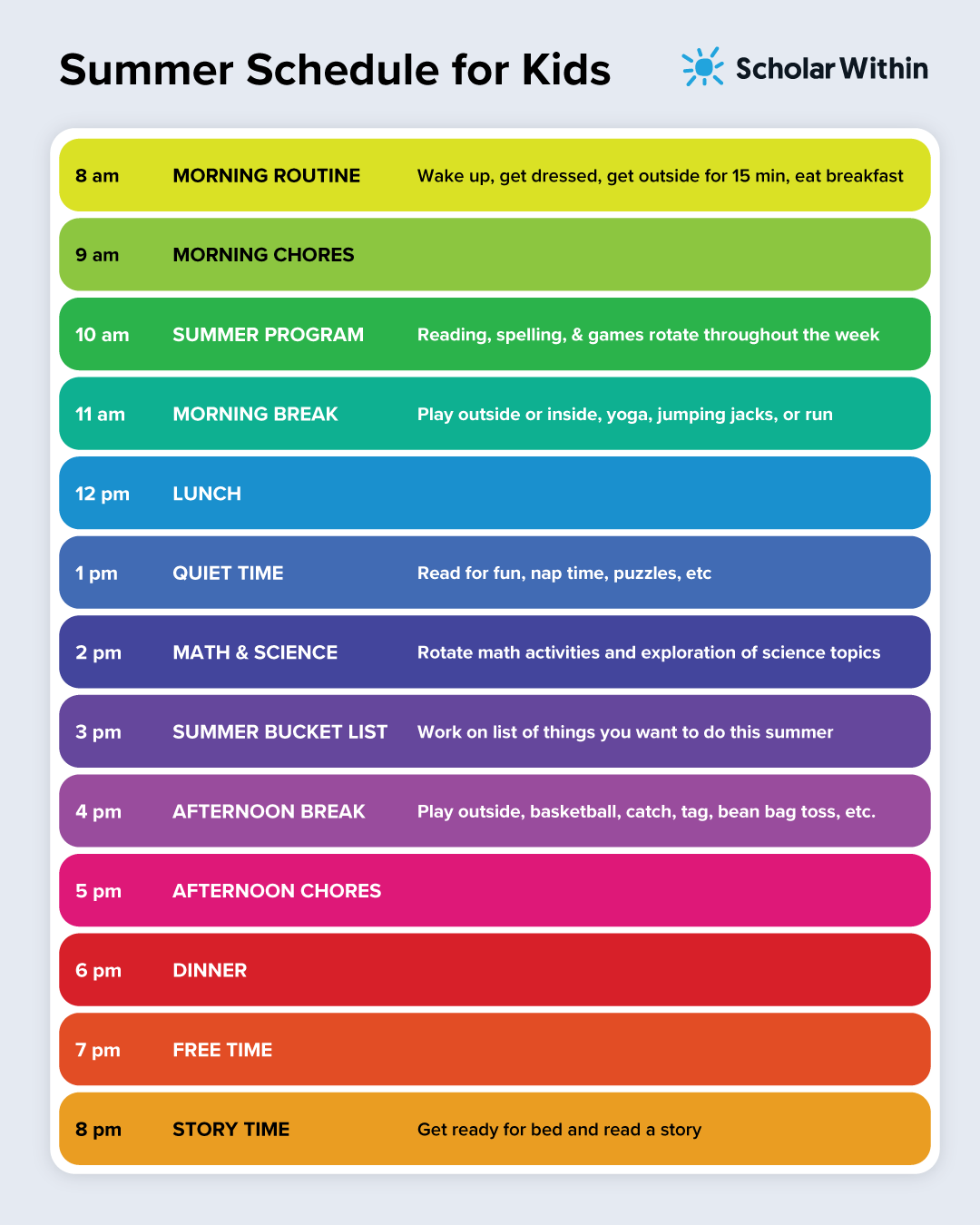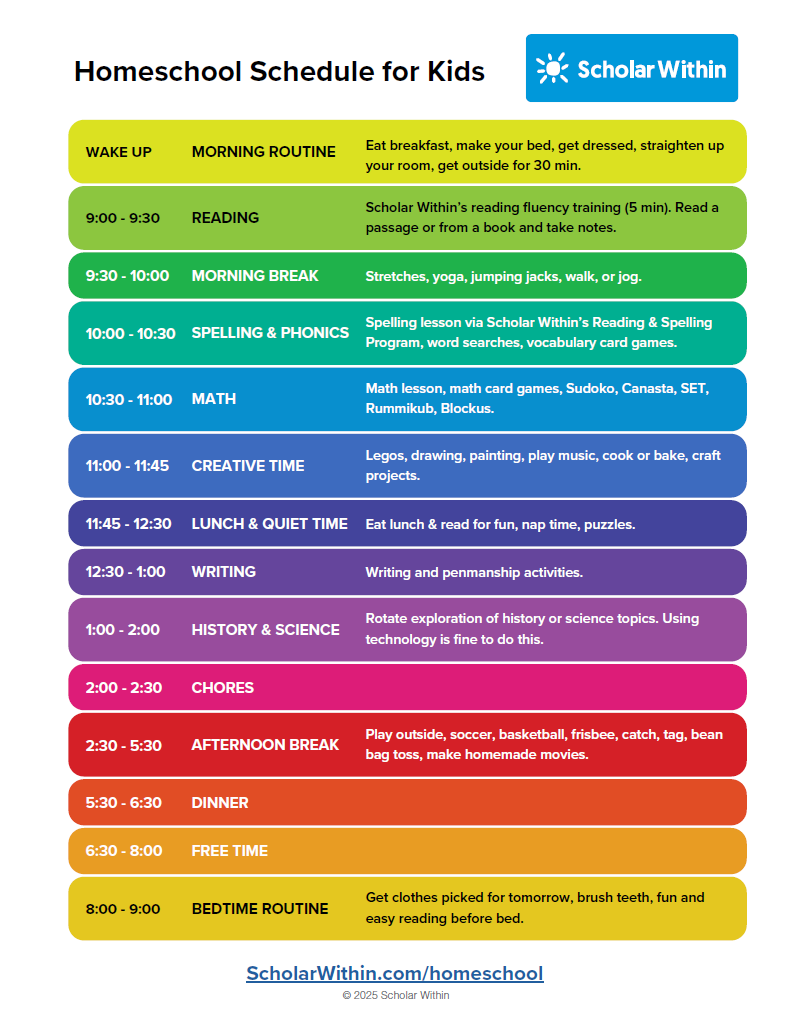
Vocabulary and Reading Comprehension
Reading Comprehension and Vocabulary are Connected
Going back to my first year of teaching, I found that vocabulary directly impacts reading comprehension. I had a student who could read beautifully and fluently, but when asked what she read, she went blank.
When you don’t understand a word or how it is connected or associated with other words, it is hard to comprehend.
Comprehension is the ability to understand and use what you have read or learned. Vocabulary is the body of words you know. Reading comprehension involves understanding, analyzing, and synthesizing words, sentences, and ideas. Words are everywhere, so as we improve our word knowledge, our vocabulary, we improve comprehension.
Since vocabulary is the knowledge base of words and their meanings, it is the go-to place in our memory system. Our brain sifts through our memory bank to make sense of words. One of the ways it does this is to make associations. When we make an association, it is easier for us to remember.
For example, the word organ can be associated with musical instruments or with parts of the body. So, we associate the word organ with one of those categories as we read a selection. We combine it with the other information we read. This, then, tells us which meaning of the word organ is being referred to in the text.
Vocabulary and Comprehension Research
Studies have shown that when you don’t have a large vocabulary to draw upon, comprehension is depressed. In fact, Biemiller (2005) stated, “Lacking either adequate word identification skills or adequate vocabulary will ensure failure.”
The Nation’s Report Card states, “Students who scored high in comprehension also scored high on vocabulary.” So, improving vocabulary improves comprehension.
How Do You Improve Vocabulary and Comprehension?
The research on how vocabulary and comprehension are intertwined is widely documented. Over the past twenty years, researchers have discovered some of the best methods to teach comprehension and vocabulary.
According to Eric Jensen, author of Brain-Based Learning, there are three basic ways the brain constructs meaning. When learning a new word, you need to use:
- Relevance
- Emotion
- Patterns and Connections
Each of those three ways uses association to construct both meaning and retention. Relevance is relating the word to something that is relatable. Emotion is having an emotional reaction, such as you really liked something or didn’t like something. You can bring up that specific part by reminding a student that they didn’t like the selection. Connections or patterns are making a connection with the vocabulary word like in the example of the word organ, above.
Learn more about Associative Learning.
- Direct instruction of words and definitions, as well as making associations with the words
- Repetition and multiple exposures through a variety of activities
- Words must be useful and relevant so they can be used in multiple contexts

Apply the Research on Vocabulary and Comprehension:
Best Practices to Improve Vocabulary
How to teach new vocabulary:
- Use new words in a story to model what the word means.
- Use the new word in multiple sentences.
- Doodle or draw a picture of what the word means.
- Make a vocabulary notebook (spiral notebook or binder). Have a page or two for each letter of the alphabet. Write the new word in the notebook with your story example and picture.
- Use the new word in conversations every day for 5-10 days.
- Play games with words.
- Make flashcards with pictures. Use colored pencils, markers, or crayons.
- Introduce new words slowly with a consistent review.
- Quiz kids periodically the new vocabulary words by asking for synonyms or for them to use the word in a sentence.
Scholar Within’s Summer Reading and Spelling Program provides a variety of activities throughout the week that improve vocabulary and comprehension skills. Our reading passages call out specific vocabulary words to help build your child’s vocabulary with words in context.
Another activity is to play a weekly card game. The card games rotate weekly from word structure games that build vocabulary to specific vocabulary games that build word associations.
Game playing allows for learning and practicing vocabulary in a relaxed setting. Eric Jensen, author of Brain-Based Learning, (1997) states, “Through visual and kinesthetic methods you’ll increase student performance.” Games do just that!
What do Parents Say?
“My son’s reading skills have gone up tremendously. I can’t believe we saw progress in three days, just like you told me I would! You know, I’ve been homeschooling my son for 4 years and he had never picked up a book to read on his own. It was such a struggle to get him to want to read. I have to tell you, three weeks after working with the video lessons, we went to the library, and my son actually picked out 3 chapter books to read. In fact, he wouldn’t put the first book down until he finished it.”
– Lisa K
“Thank you for partnering with me to help my daughters improve their reading skills. They are really enjoying your program and are excited about becoming more confident readers.”
Lisa G
Learn more about the Summer Reading Program
Who is Scholar Within?
Scholar Within was founded by learning expert Bonnie Terry, M. Ed., BCET. Bonnie began designing and developing her own custom educational tools when she started her private learning center in the 1990s. Teachers kept asking what she was using with the kids who saw her because of the dramatic improvements that the kids made in school. From there, Bonnie decided to make her materials available to teachers and families worldwide.
Now, Bonnie Terry has turned her materials into a full-service online program that you can follow step-by-step at home, on your schedule. School alone is not enough anymore. Bonnie’s programs boost your kid’s overall learning skills by focusing on improving the auditory, visual, and tactile processing areas of your brain to make it work more efficiently.
Learn more about Scholar Within.



